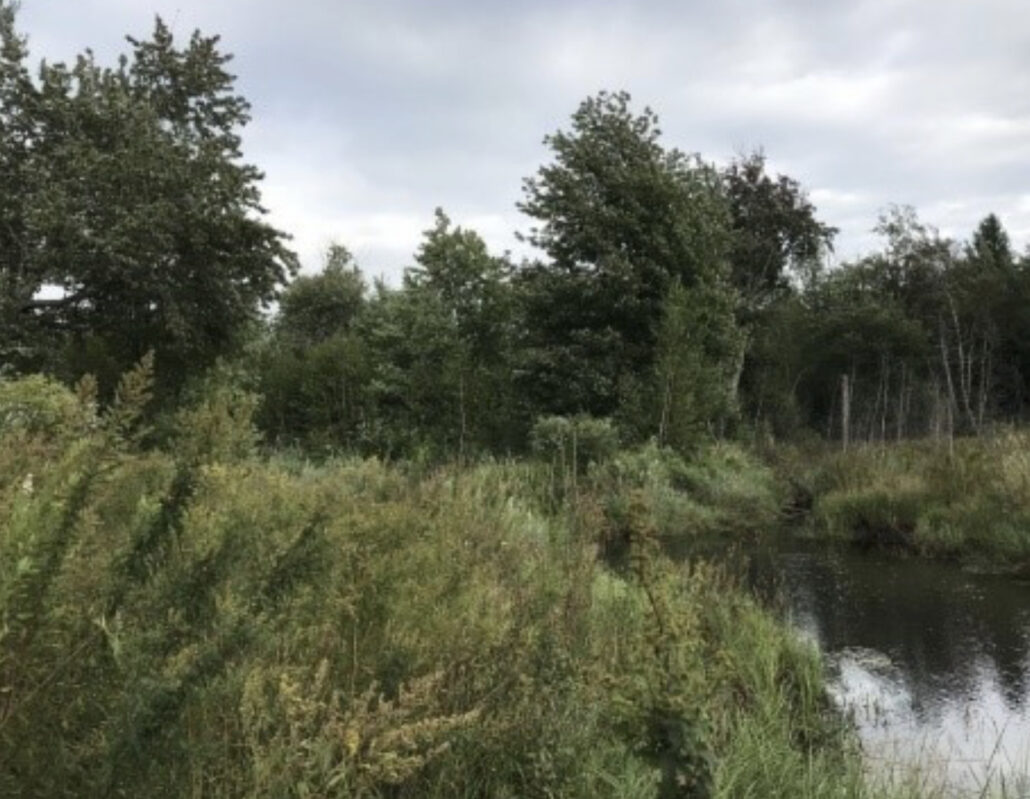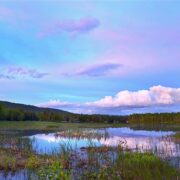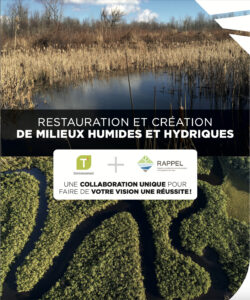WETLANDS AND WATER ENVIRONMENTS, PLACES TO PRESERVE
Is a swamp just a place with waterlogged and a smelly soil? Many people know very little about wetlands and water environments, especially about the importance of preserving them.
Wetland, such as a marsh, swamp, peat bog or pond, is an ecosystem where water temporarily or permanently engulfs the site’s soil. On the other hand, a hydric environment is an ecosystem where open water is permanent or temporary, such as lakes, streams and rivers. These two types of environment may be independent or interconnected, but in either case, they must be protected.
They provide us with incredible benefits. Wetlands act like sponges, regulating the amount of water available in the soil, filtering water and sequestering carbon. Hydric environments, for their part, are important sites for photosynthesis, due in particular to the proliferation of phytoplankton, aquatic plants and algae. Like wetlands, water environments are home to a wide variety of flora and fauna. Species can feed, reproduce or complete all stages of their lives there.

Photo taken by T2 Environnement during the characterization of wetlands and hydric environments at Camping de la Sandyson in Franklin.
The best way to preserve them is to stop disturbing them. Yet they are often affected by human actions. Research has shown that between 40% and 80% of wetlands in the St. Lawrence basins have disappeared (Groupe Dryade, 1986 : ECCC, 2013), and water environments have been subjected to a number of pressures, such as watercourse detours[1]. This is why T2 is working on restoration projects. By developing approaches to limit erosion of the Varennes riverbanks, by example, or with the development of a plan for the restoration and creation of wetlands and hydric environments (PRCMHH), T2 is helping. Along with its partner RAPPEL, we are collaborating on one of the seven projects in Section 2 of this Program. It involves the restoration and creation of wetlands and hydric environments in the watersheds of the Bernard-Est and Duclos-Casavant streams in Otterburn Park.
[1]Gouvernement du Québec – Guide d’élaboration d’un projet de restauration ou de création de milieux humides et hydriques, 2021. Consultation on may 7, 2023 at : https://belsp.uqtr.ca/id/eprint/1546/1/MELCC_2021_Guide-projet-restauration_milieux_humides_hydriques_A.pdf




